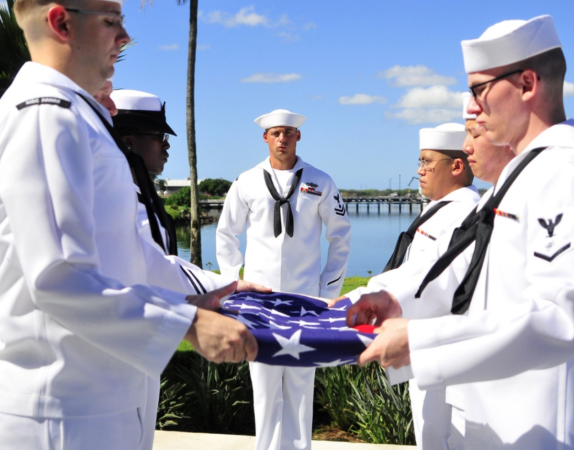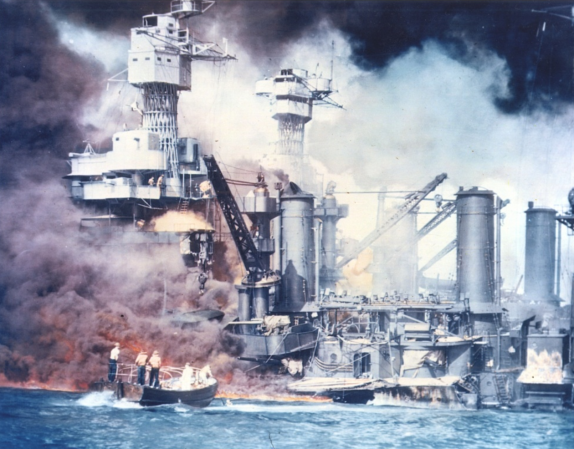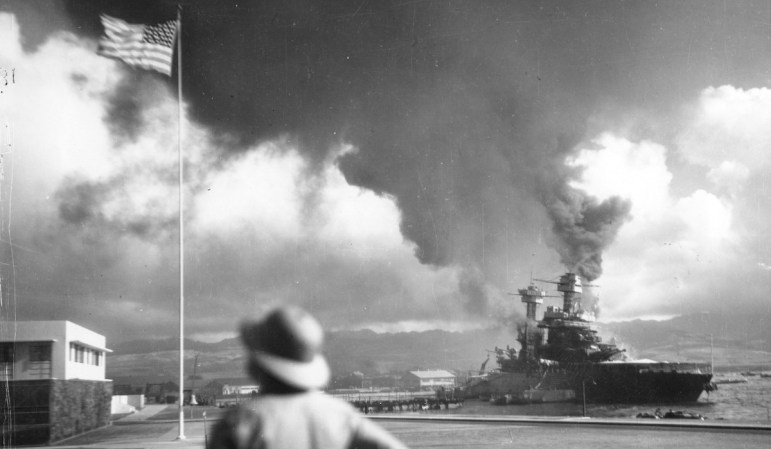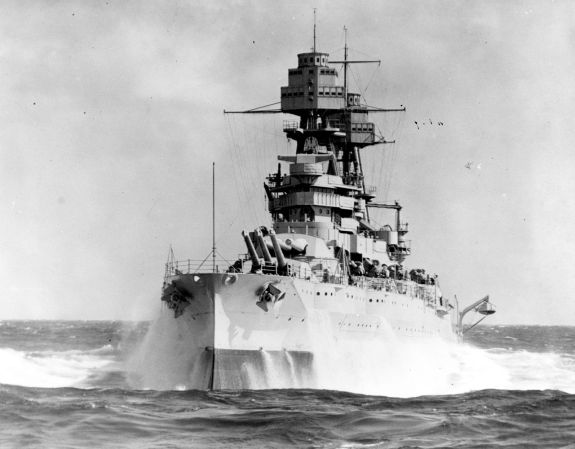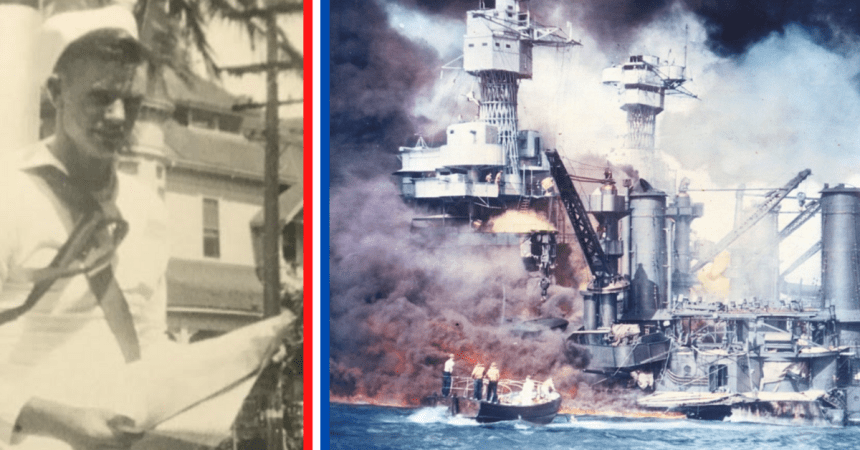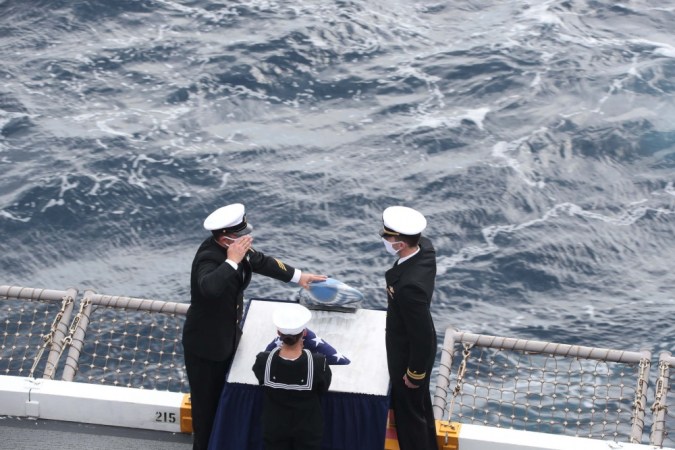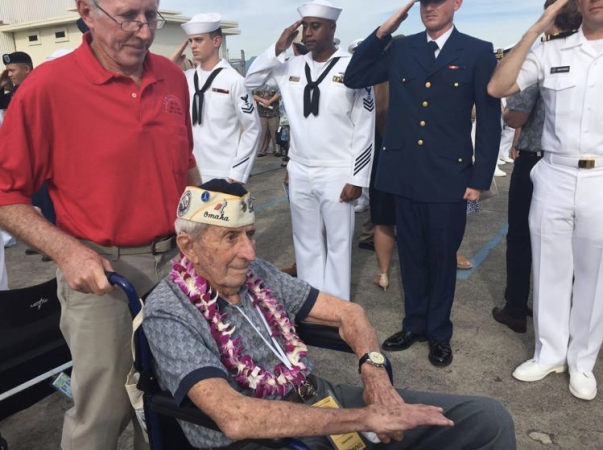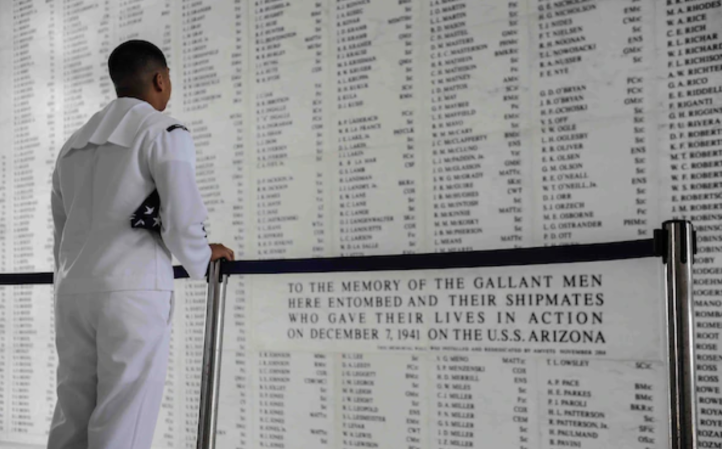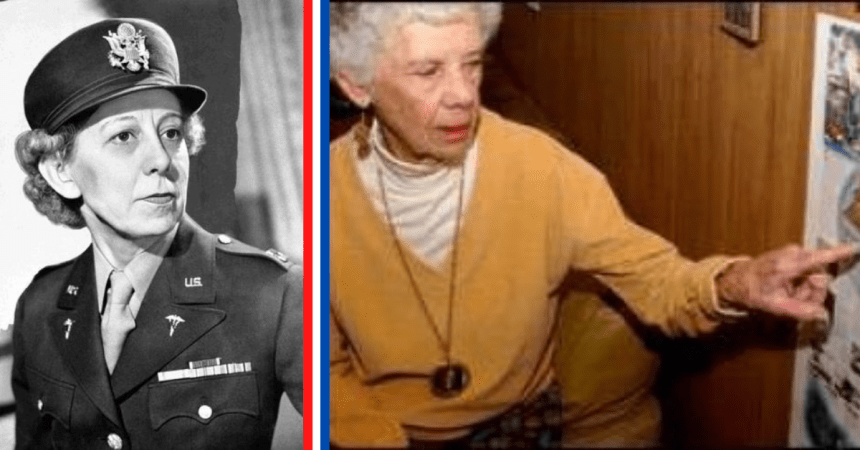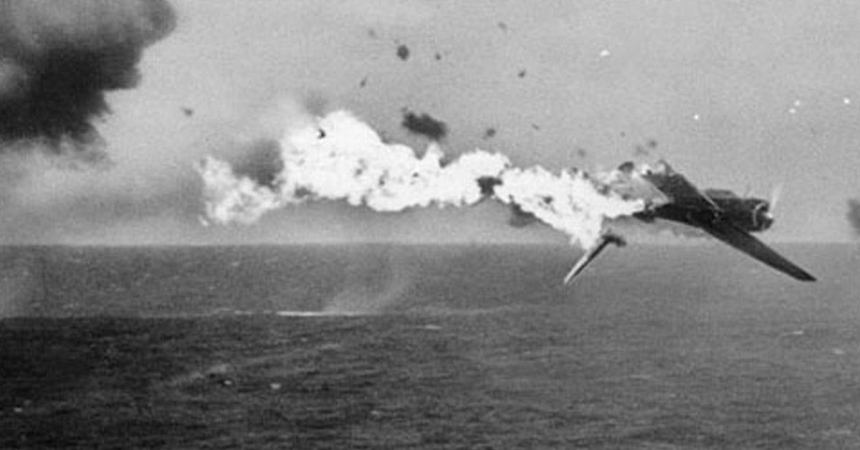The USS West Virginia was one of the hardest hit ships at Pearl Harbor but rose from the ashes to destroy Japanese forces in the years after that surprise attack.

On Dec. 7, 1941 the West Virginia was struck by torpedoes launched from a midget sub and immediately began sinking. As it sank, it listed to port and each subsequent torpedo strike hit the ship further and further up its hull. The damage was so severe that the salvage officer said, “The damage on the port side … is so extensive as to beggar description.”
At least seven torpedoes struck the ship and two bombs pierced the outer hull but failed to detonate. Knowing West Virginia was going down, the captain and crew counter-flooded the starboard side of the ship so that is would go down on its keel instead of capsizing. An oil fire raged through the ship for the next 30 hours, buckling the metal.

The captain and many of the crew died during the attack. Capt. Mervyn S. Bennion received a posthumous Medal of Honor for saving the ship while he lay dying from shrapnel that pierced his abdomen.
One of the men who carried the dying captain from the fight was Navy Cook Dorie Miller who then returned to the fight. He noticed an unmanned .50-cal. machine gun and used it to destroy three or four Japanese planes that were still attacking the ships. He became the first African-American to receive the Navy Cross.
Recovery of the West Virginia was a long process. Patches of concrete and wood were used to plug the damage and the ship was sent to Washington State for a full repair. Entire decks and much of the armor belt had to be replaced. When the work was completed in late 1944, the West Virginia was a state of the art battleship, more capable than it had ever been.

The crew wasted no time in getting her back into the fight to achieve vengeance. The ship returned to Pear Harbor, fueled, and rushed into the Pacific War.
West Virginia pounded Japanese positions on Leyte during the Army’s Oct. 17 invasion of the Japanese-held Philippines. After nearly a week of their army getting destroyed by the American bombardment and infantry, the Japanese navy finally arrived in force and the Battle of Leyte Gulf began.
On the night of Oct. 24, West Virginia and three other battleships resurrected after Pearl Harbor spotted four Japanese ships approaching the Philippines. The Americans got the jump on them, sinking two battleships and a cruiser in a nighttime firefight. It was the last time opposing battleships fired on each other in combat.

West Virginia left for some small repairs but returned and supported other operations in the Philippines until Feb. 1945.
In Feb., West Virginia joined the 5th Fleet in their invasion of Iwo Jima. The ship got to 5th fleet as the invasion was already beginning and began firing at targets onshore. It later headed to Okinawa where it again supported amphibious landings by Marines.
West Virginia was present in Tokyo Bay Sep. 2 when the Japanese formally surrendered to the U.S. It continued in active service until 1947 when it joined the reserve fleet. In 1959, it was sold for scrap.



